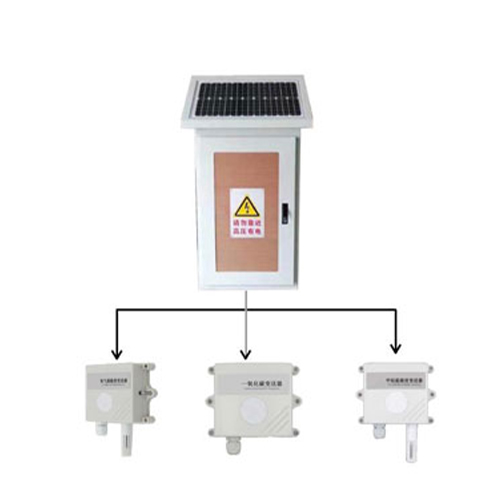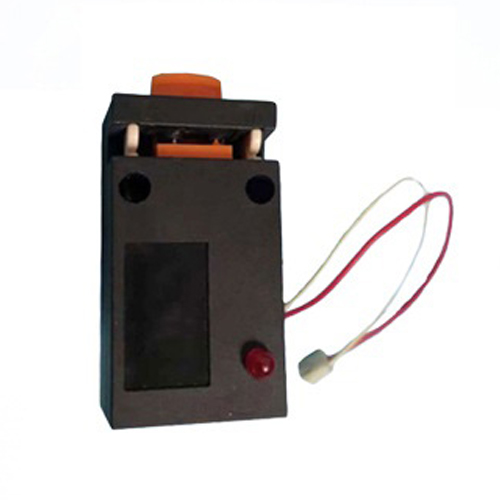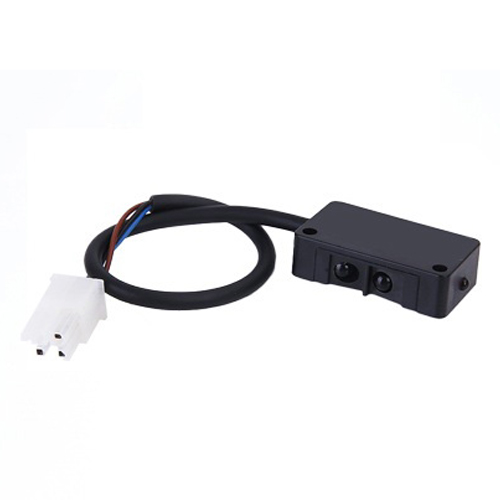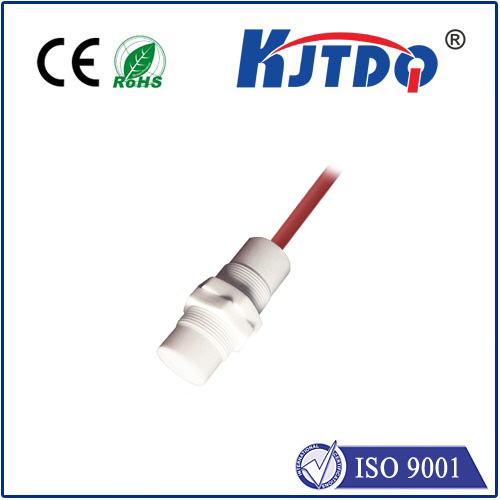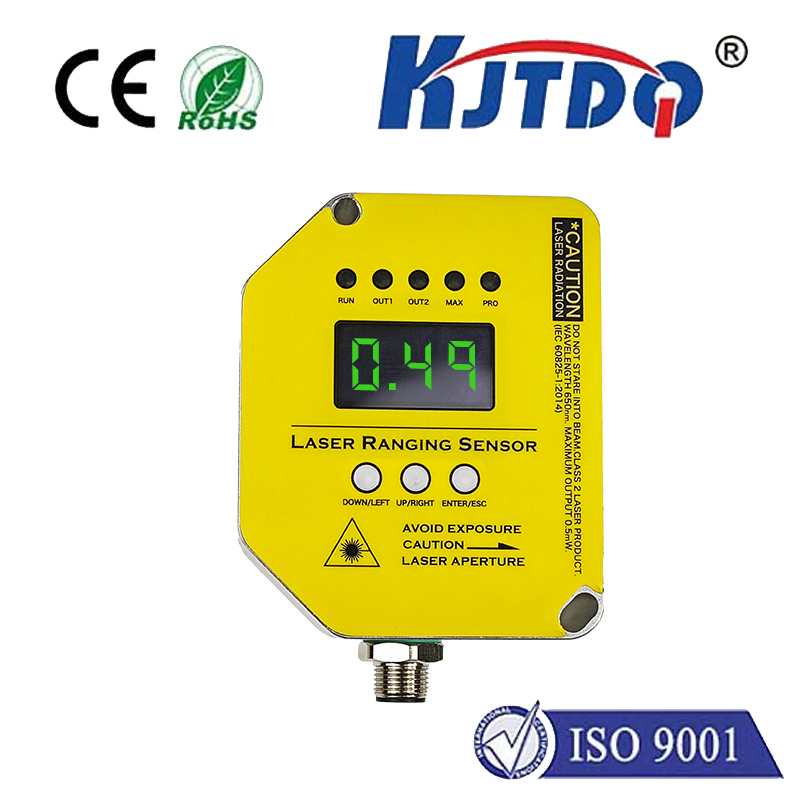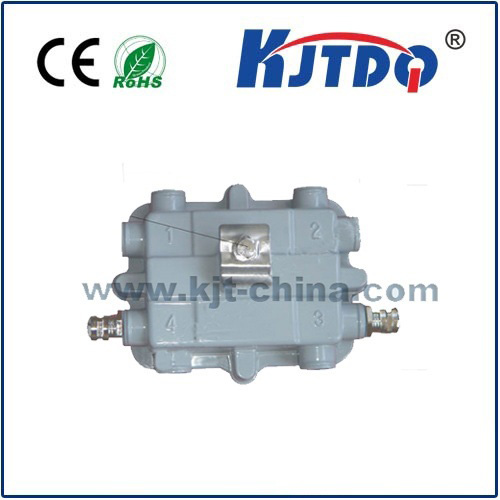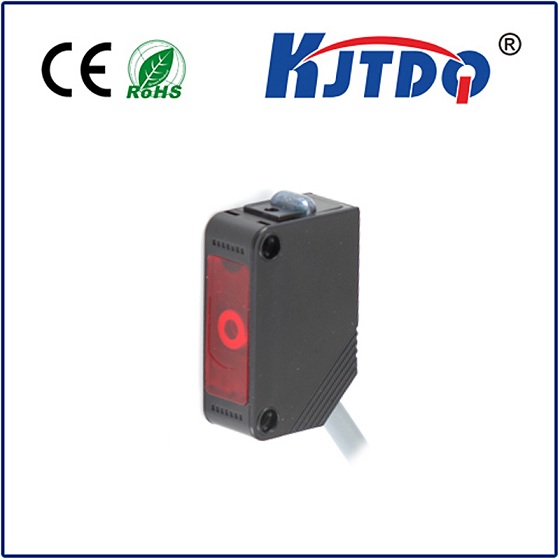flush proximity sensor
- time:2025-06-19 02:02:33
- Click:0
Flush Proximity Sensors: Unseen Sentinels for Space-Conscious Automation
In the tightly packed dance of modern machinery, where millimeters matter and space is premium real estate, reliable object detection is non-negotiable. Enter the flush proximity sensor – a critical, often overlooked component designed to vanish into the machine surface, delivering dependable non-contact sensing without demanding extra room. Understanding how and why these sensors operate flush is key to unlocking their potential in optimizing compact, robust, and efficient automated systems.
What Exactly is a Flush Proximity Sensor?
Unlike their “non-flush” or “shielded” counterparts, a flush proximity sensor is specifically engineered to be mounted level with the surrounding metallic mounting surface. Its sensing face sits flush, eliminating any protruding parts. This design employs internal shielding that focuses the sensor’s electromagnetic field primarily forward, drastically reducing lateral detection. This focused field is the secret to its flush-mounting capability, preventing false triggers from the adjacent metal surface it’s embedded within. They are predominantly inductive sensors, detecting metallic objects (typically ferrous metals like steel or iron with the best range, non-ferrous like aluminum or brass at reduced ranges) within their specified sensing distance.
The Core Advantage: Space Saving and Robustness
The primary benefit driving the use of flush mount proximity sensors is their exceptional space efficiency. In applications like:

- Tight robotic work cells: Where sensors must fit between arms, grippers, and workpieces without collision risks.
- Compact linear actuators: Monitoring actuator position or end-of-stroke within the actuator body profile.
- Machinery with minimal clearance: Detecting parts on conveyors passing very close to frames or guides.
- Hydraulic/pneumatic cylinders: Integrated into cylinder bodies for position feedback.
…the ability to mount the sensor flush eliminates the need for bulky protective housings or awkward offsets, allowing for sleeker, more integrated machine designs.
Beyond saving space, this mounting style inherently offers superior mechanical protection. With no part protruding, the sensing face is less susceptible to impact damage from passing objects, accidental knocks, or debris. This translates directly to increased durability and longevity, reducing maintenance costs and downtime.
Beyond Space: Other Key Advantages of Flush Proximity Sensors
- Reduced Susceptibility to Mounting Surface Effects: The internal shielding ensures the sensor reliably ignores the metal it’s mounted in, focusing only on the target approaching its front face. This makes installation more forgiving and reliable.
- Improved Resistance to Contaminant Build-up: A smooth, flush surface prevents material like metal shavings, dust, or coolants from easily accumulating on the sensor face compared to non-flush sensors with recesses or lips. This is crucial in dirty industrial environments.
- Simplified Installation and Replacement: Mounting is straightforward – drill a hole of the correct diameter and depth, insert the sensor, and secure it. Replacement is equally simple, often without needing to adjust nearby components.
- Enhanced Aesthetics and Safety: Flush mounting provides a cleaner, more professional look to machinery. It also removes potential snag points, contributing to a safer working environment.
Where Flush Proximity Sensors Shine: Common Applications
The unique strengths of flush inductive proximity sensors make them indispensable across numerous industries:
- Position Sensing: Detecting the presence or absence of machine components like slides, clamps, cylinders (piston position), elevator floors, or tool changers within confined spaces. End-of-travel detection on actuators is a classic use case.
- Part Detection: Verifying the presence, absence, or correct positioning of metal parts on conveyors, feeders, pallets, or within fixtures, especially where clearance is minimal.
- Robotics: Widely used in robotic arms and end-effectors for precise tooling detection, part presence confirmation, or collision avoidance in tightly packed joints.
- Packaging Machinery: Monitoring fill levels (metal containers), cap presence, or container position on high-speed lines where space is constrained.
- Machine Tools: Tool breakage detection, chuck jaw position, spindle orientation, or door interlocks on CNC machining centers and lathes. Their resistance to coolant and metal chips is critical here.
- Material Handling: Monitoring pallet position, lift table height, or gate status in automated warehouses and conveyor systems.
- Food & Beverage (Specific Models): Utilizing specialty flush sensors made from stainless steel (like 316L) with specific IP69K ratings for wash-down environments, detecting metal parts or machinery components.
Choosing the Right Flush Proximity Sensor: Key Considerations
Selecting the optimal flush mount proximity sensor requires careful evaluation of several factors:
- Sensing Distance: Specified for flush mounting. Ensure the rated operating distance (Sn) meets the application’s needs. Remember, the effective sensing range is typically less than non-flush sensors. Always check the datasheet for the exact flush-mounting specification.
- Target Material: Standard inductive flush sensors detect metals. Performance varies: Ferrous targets (steel, iron) yield the maximum range. Non-ferrous targets (aluminum, brass) result in significantly reduced range (often 30-60% less). Factor this in during selection.
- Housing Material and Size: Common materials include nickel-plated brass, stainless steel (304 or 316L for corrosive environments), and PBT plastic. Diameter (e.g., M5, M8, M12, M18, M30) and length are critical for fitting the mounting hole.
- Electrical Output: PNP (sourcing) or NPN (sinking)? Normally Open (NO) or Normally Closed (NC)? Voltage level (e.g., 10-30V DC)? Choose according to your control system’s requirements. Some sensors offer IO-Link for advanced diagnostics and parameterization.
- Environmental Ratings: IP (Ingress Protection) rating is paramount. IP67 is standard for dust and temporary immersion. IP68/IP69K are required for sustained water immersion or high-pressure wash-down, common in food processing or heavy industries. Temperature range tolerance must suit the operating environment.
- Connector Type: Integral cable (fixed length) or connectorized (e.g., M8, M12)? Connectorized versions offer easier replacement but require mating connectors.
The Unseen Advantage Driving Efficiency
Flush proximity sensors are the quiet enablers of sleek, robust, and highly efficient automation. By seamlessly integrating into machine surfaces, they overcome spatial constraints that would otherwise cripple design possibilities. Their focus on forward detection, enhanced durability from mechanical protection, and resistance to environmental interference make them far more than just space-savers. They are fundamental components for ensuring reliable operation in the demanding, tightly packed world of modern manufacturing, robotics, and machinery. When your application demands detection without the bulk, the flush proximity sensor is the unseen sentinel delivering indispensable performance.












